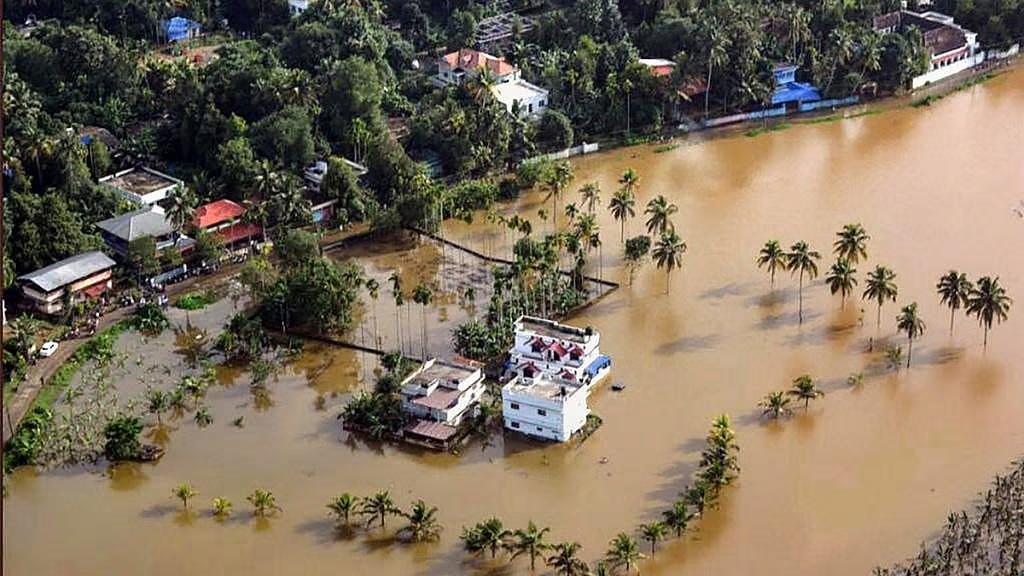
The Kerala floods of 2018 were among the most devastating natural disasters in India’s recent history, leaving behind widespread destruction and an unforgettable reminder of the vulnerabilities inherent in human infrastructure. One of the most critical and challenging issues that arose during the calamity was the disruption of water infrastructure—a fundamental lifeline for communities.
The Scale of the Disaster
Kerala, renowned for its serene backwaters and lush landscapes, faced unprecedented rainfall during the 2018 monsoon season. With nearly 96% more rainfall than average in some areas, rivers overflowed, dams reached capacity, and flash floods consumed cities and villages. Over 483 lives were lost, and more than a million people were displaced, demonstrating the sheer scale of the catastrophe.
Impact on Water Infrastructure
Contamination of Water Sources: The flooding inundated wells, reservoirs, and distribution systems with silt, debris, and pollutants, including sewage and chemical waste. This contamination rendered drinking water unsafe, heightening the risk of waterborne diseases such as cholera, dysentery, and leptospirosis. For a region heavily reliant on groundwater and surface water, this posed a significant public health crisis.
Damage to Supply Systems: The torrential rains and subsequent flooding caused severe damage to water treatment plants, pipelines, and pumping stations. Many areas experienced complete loss of access to piped water. In some cases, the infrastructure was entirely washed away, necessitating extensive repairs and reconstruction.
Disrupted Sanitation: Floodwaters submerged septic systems and open defecation sites, mixing human waste with water supplies. This not only worsened water contamination but also posed long-term challenges for sanitation and hygiene, particularly in relief camps.
Emergency Response and Lessons Learned
The state government, along with central authorities and NGOs, mobilized quickly to provide relief. Distribution of bottled water, chlorine tablets, and portable water purification units became essential to meet the immediate needs of displaced populations. However, the disruption highlighted a pressing need for robust disaster-resilient infrastructure.
The Kerala floods underscored the importance of proper urban planning and disaster preparedness. Experts have since called for implementing sustainable solutions, such as rainwater harvesting systems, flood-resistant water facilities, and decentralized water supply models. Additionally, the event emphasized the significance of restoring natural ecosystems like wetlands, which act as natural water filters and flood buffers.
A Call for Sustainable Resilience
While the floodwaters eventually receded, their impact on Kerala’s water infrastructure serves as a powerful reminder of the fragility of human systems in the face of nature’s fury. The disaster illustrated that comprehensive planning and investment in resilient infrastructure are not just necessary but urgent. As climate change increases the frequency and severity of such events, communities must prioritize sustainability to safeguard their essential resources.
The Kerala floods of 2018 taught hard lessons about the interconnection between natural disasters and water infrastructure. By heeding these lessons, we can work toward a future where communities are better prepared and more resilient to the challenges of tomorrow.


